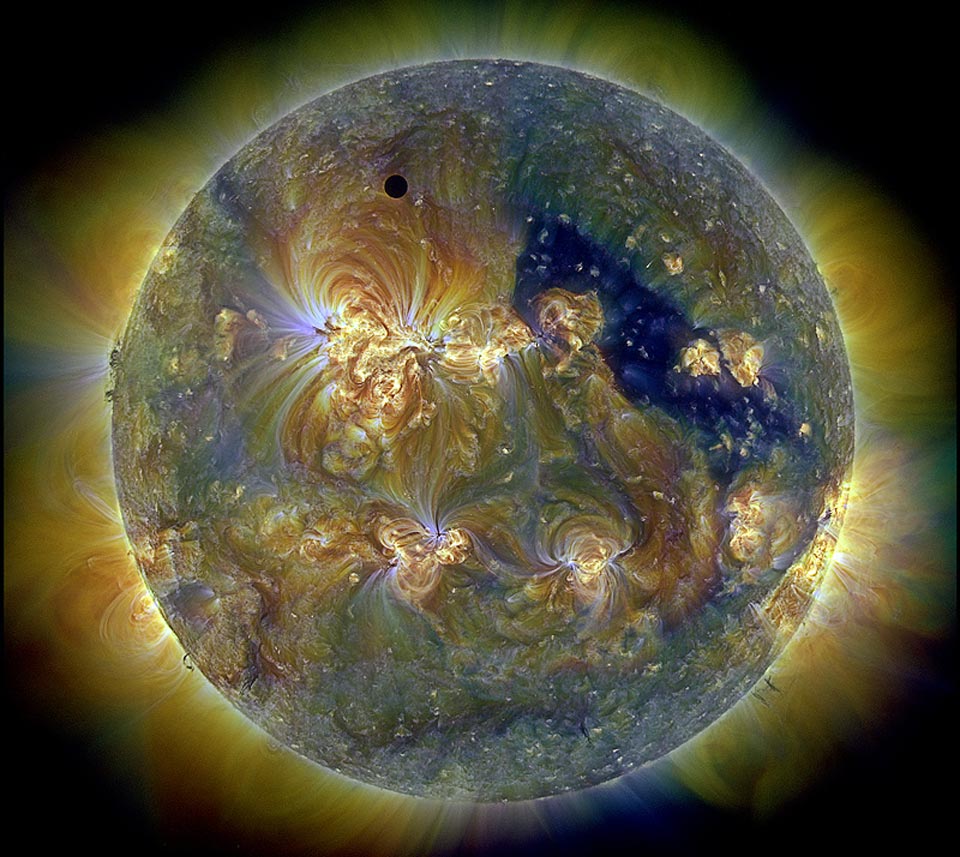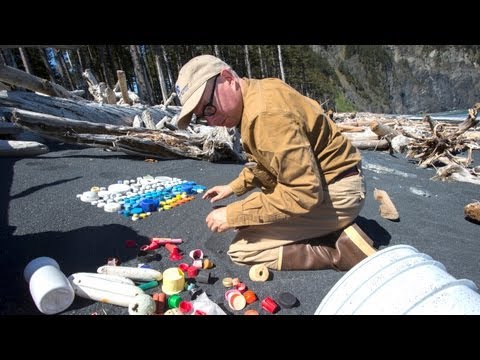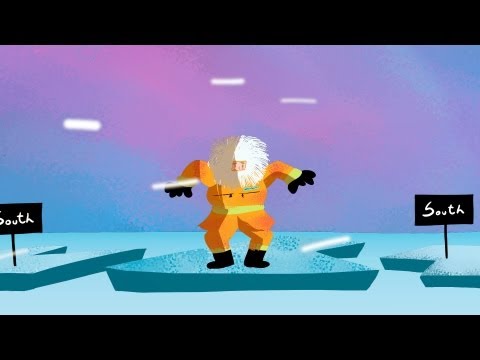Venus and the triply ultraviolet Sun
An unusual type of solar eclipse occurred last year. Usually it is the Earth’s Moon that eclipses the Sun. Last June, most unusually, the planet Venus took a turn. Like a solar eclipse by the Moon, the phase of Venus became a continually thinner crescent as Venus became increasingly better aligned with the Sun. Eventually the alignment became perfect and the phase of Venus dropped to zero.






